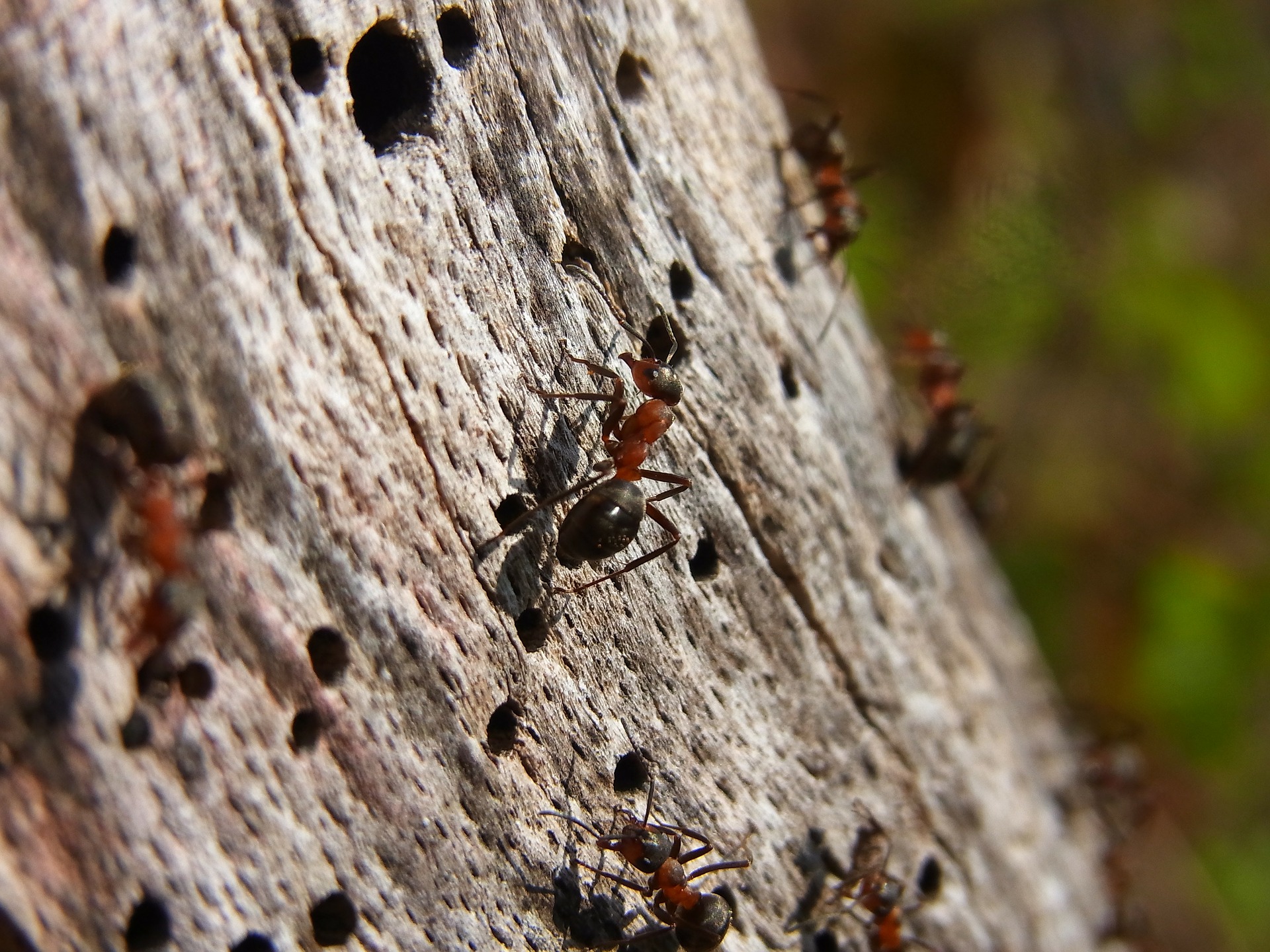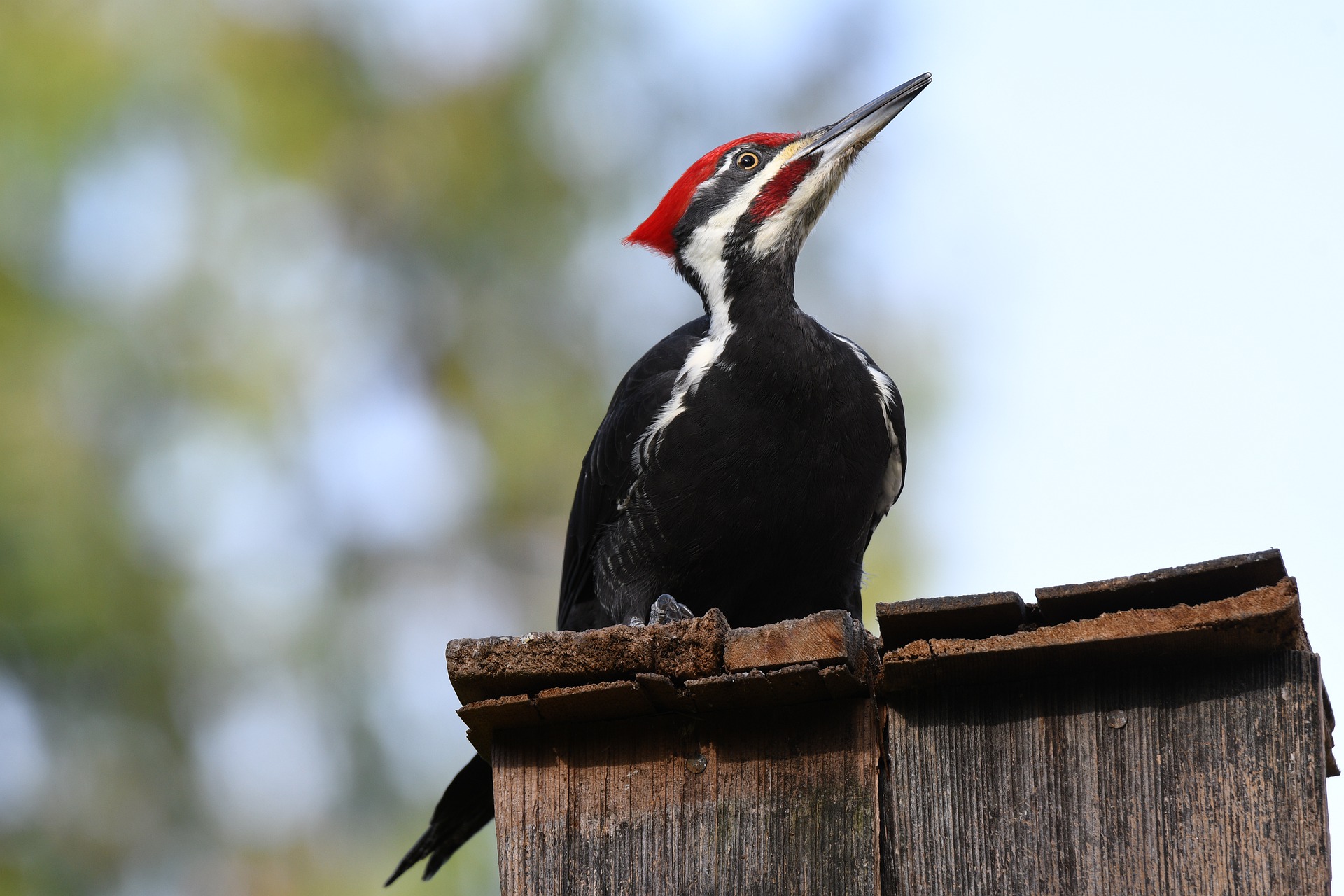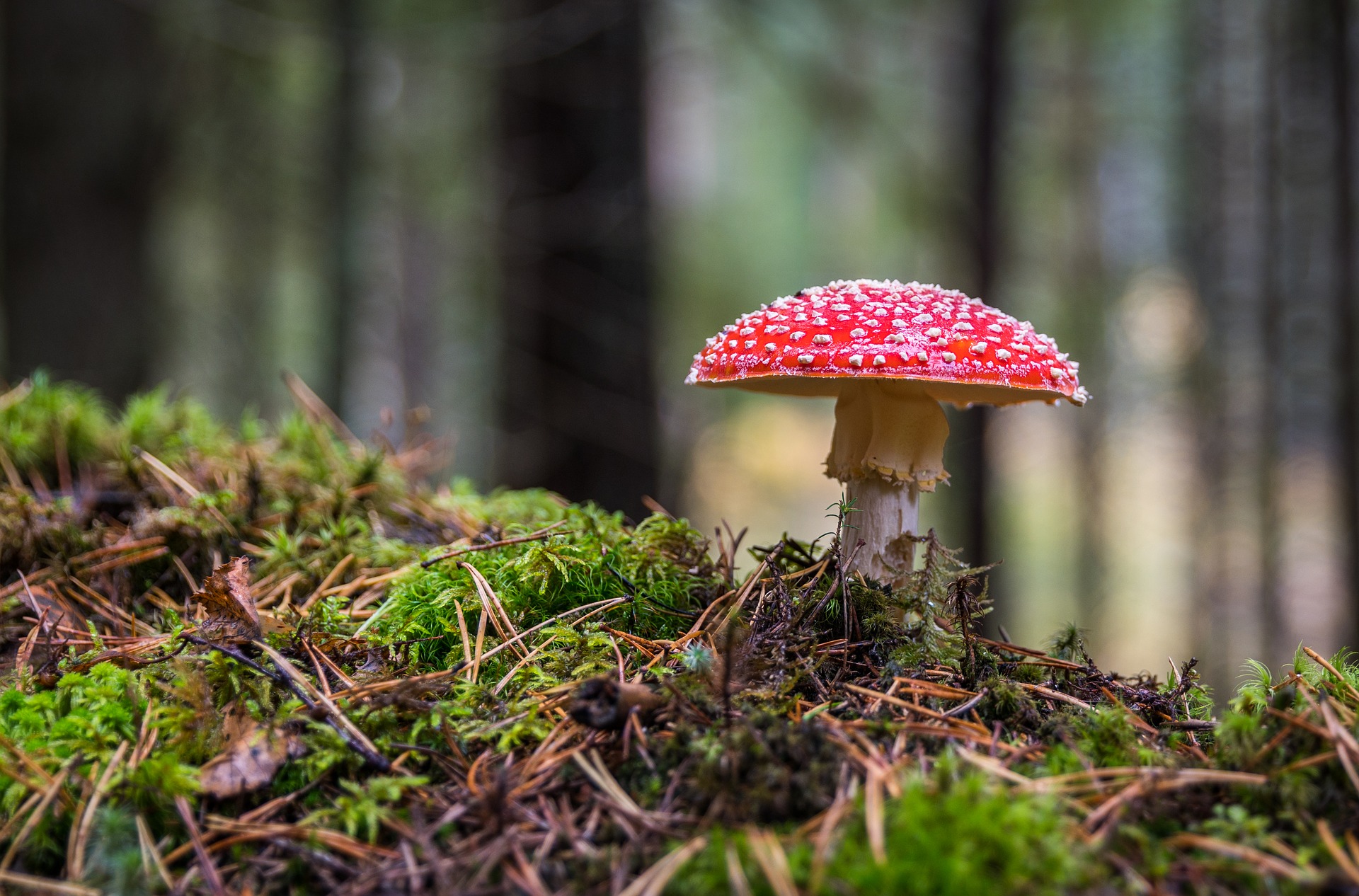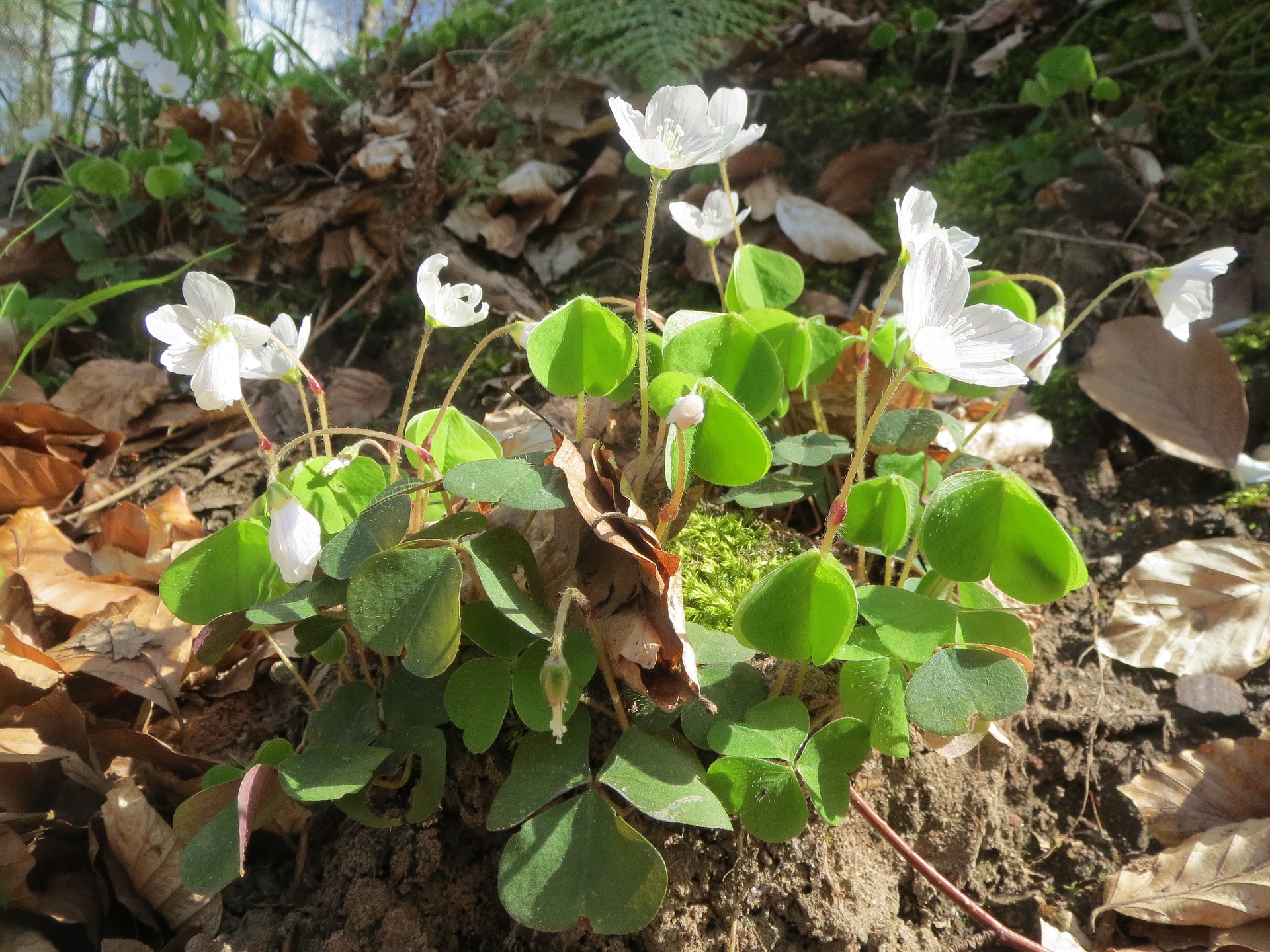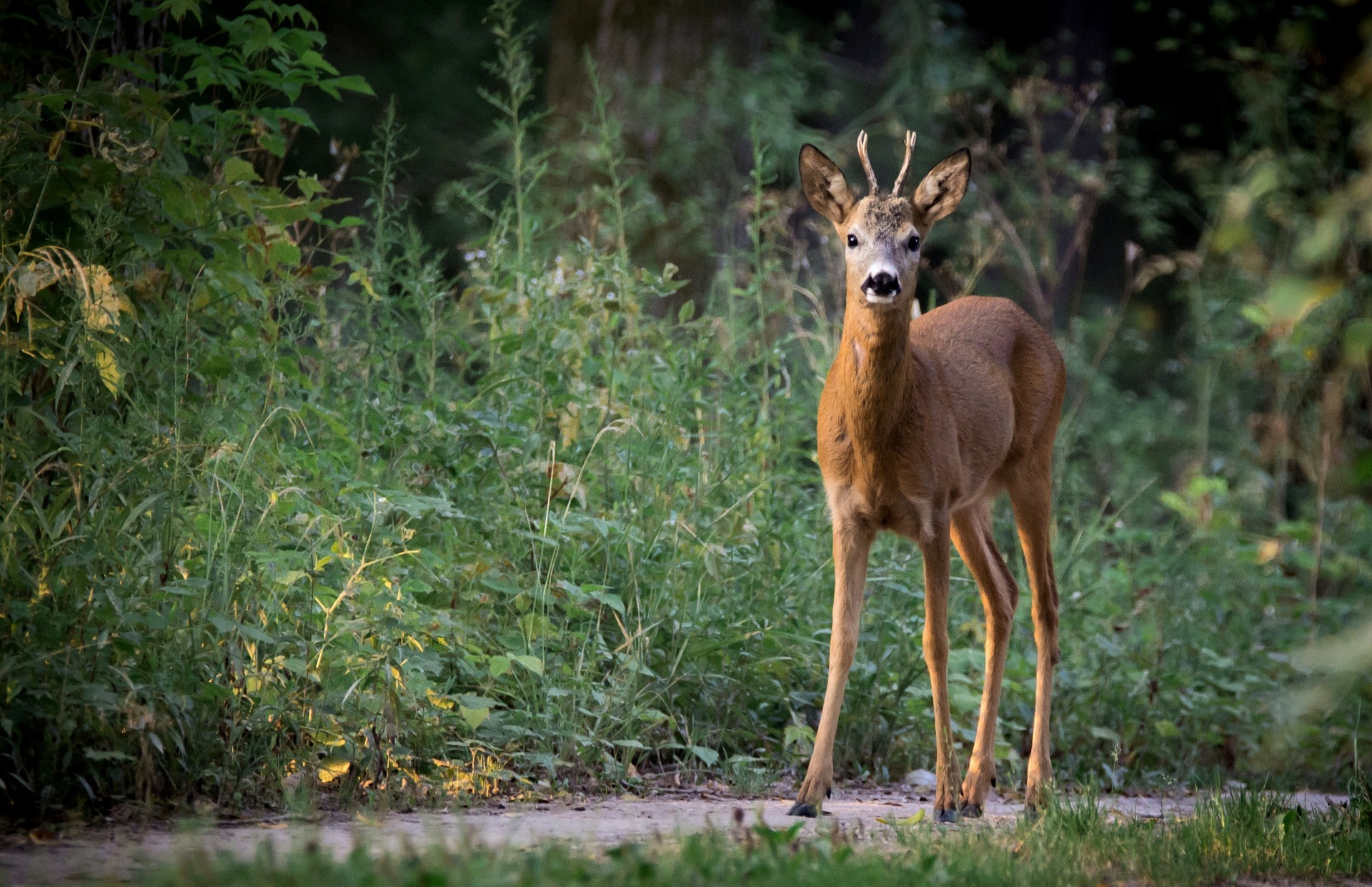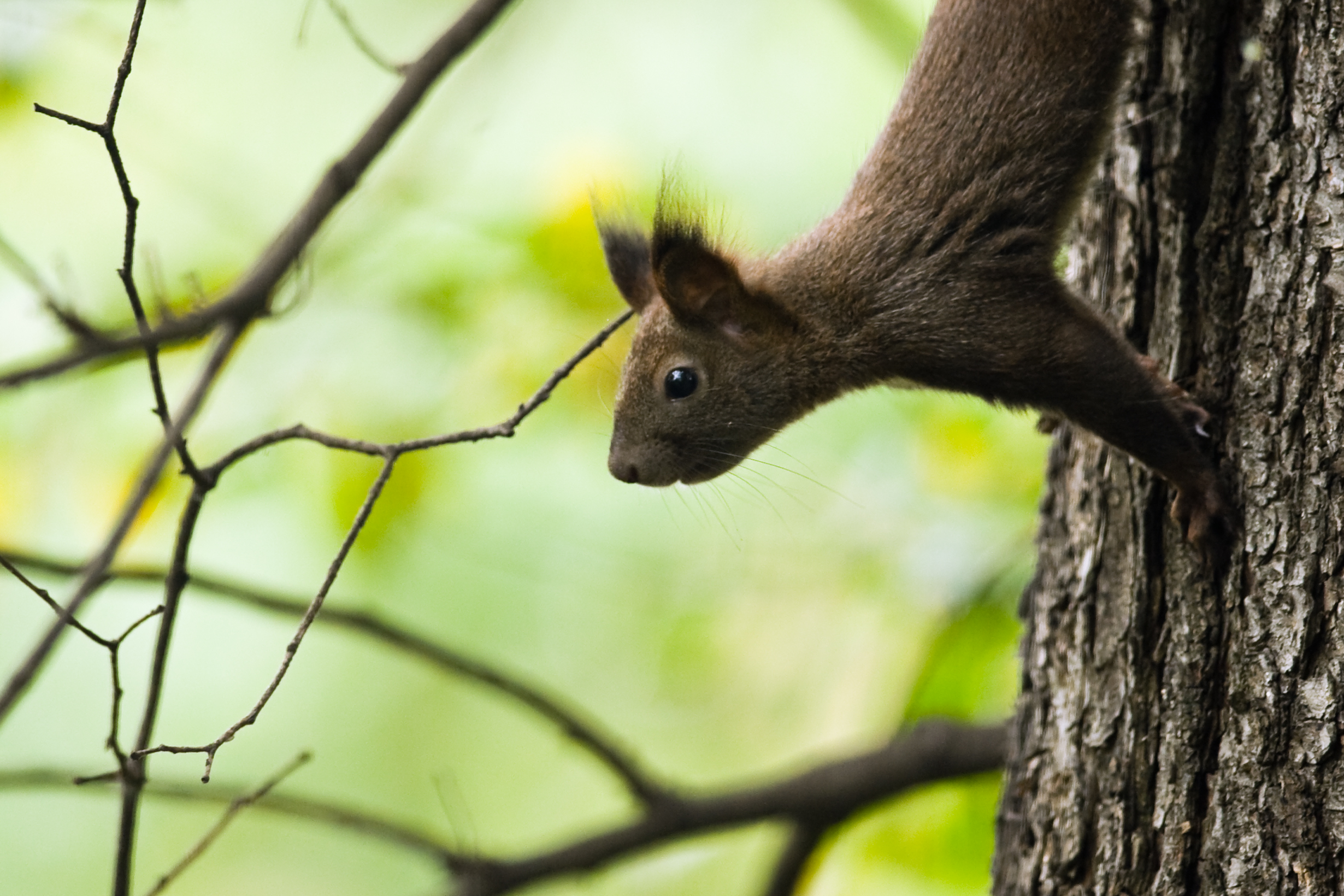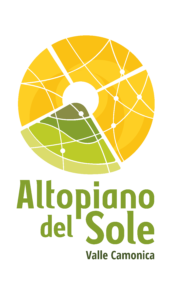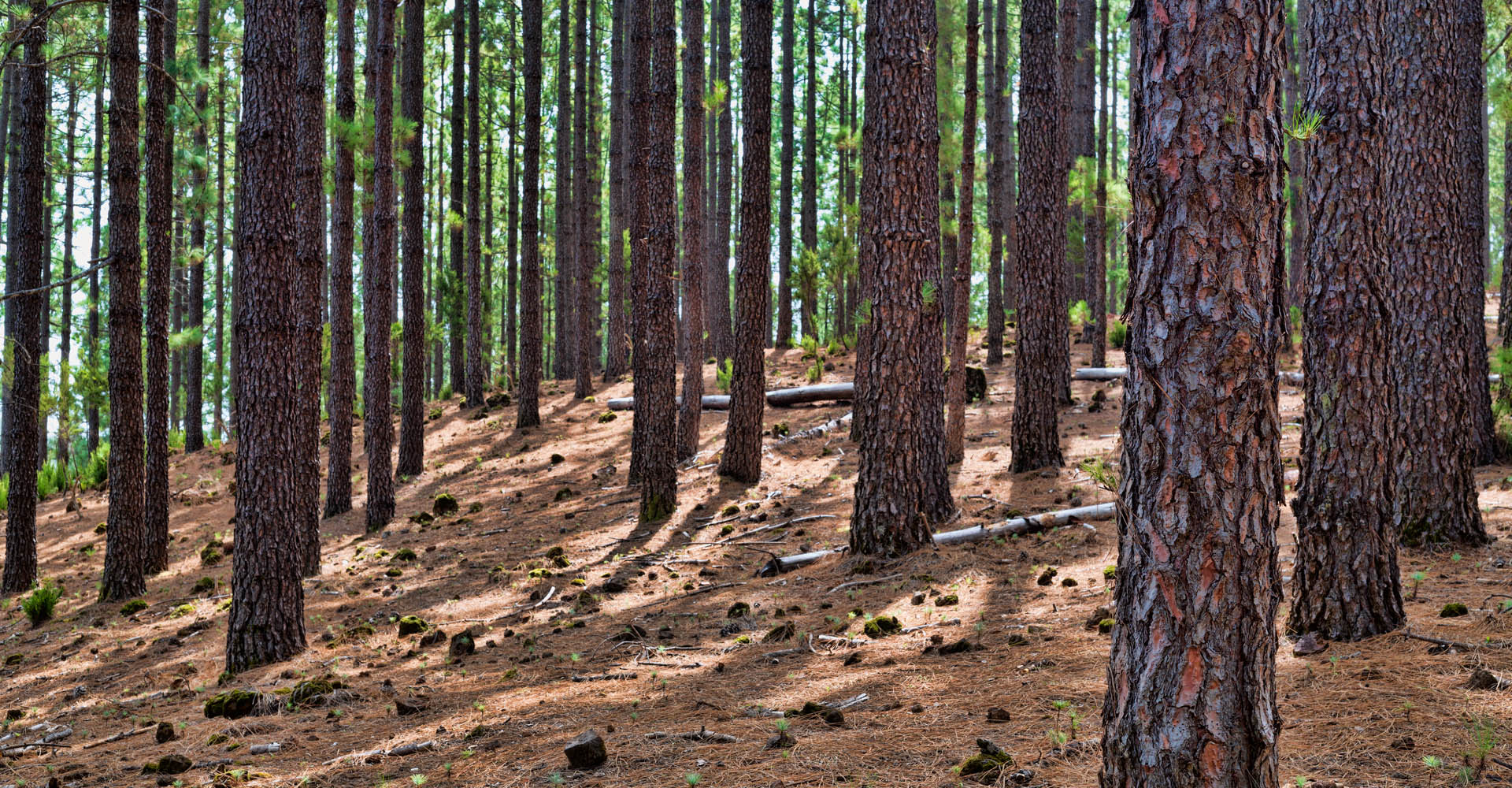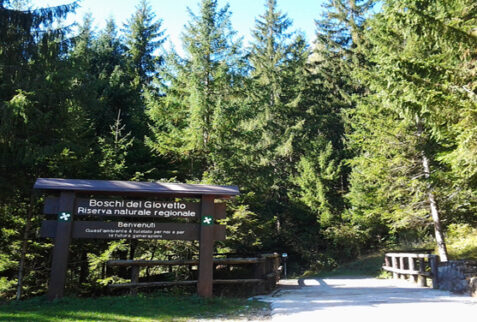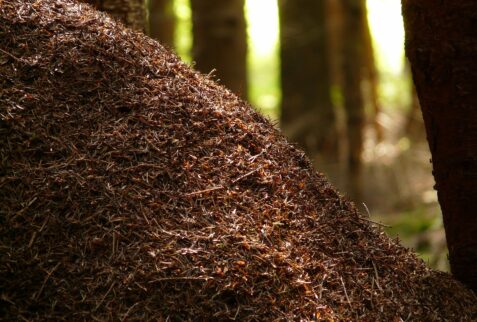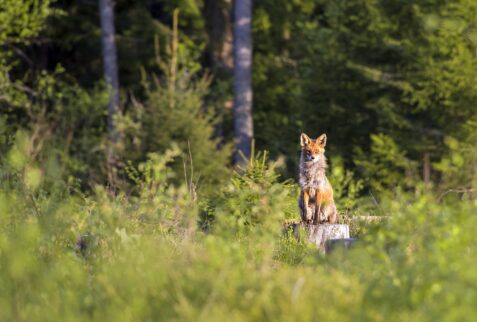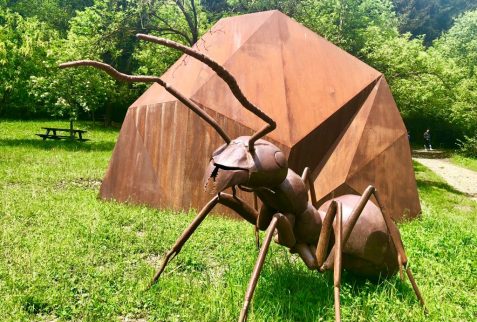NATURAL RESERVE BOSCHI DEL GIOVETTO
The Nature Reserve “Boschi del Giovetto” was officially established in 1983, over an area extending from the municipality of Borno and rising from 1200 to 2300 meters above sea level. The name “Boschi del Giovetto” derives from the ancient term Zovetto or Zuff, meaning the hill located at the lower limit of the Reserve. An early medieval road passes through the hill, connecting the Valle Camonica with the Scalve Valley. The boundaries between the two provinces were not defined until 1682, and before then this area was the scene of bloody disputes between the communities of Borno and Val di Scalve.
THE HAIRY WOOD ANT
The protected area is about 650 hectares, is almost completely covered with spruce trees and is populated by several animal species: foxes, beech martens, squirrels, hares, deer and various birds. But it is the presence of a particular ant, Formica lugubris, also known as “Formica Rufa”, that sparked interest in this park many, many years ago. In fact, the Giovetto Reserve is the first area in Europe to have created a protective environment for this small insect, which performs a forest defense function, counteracting the activity of species that are harmful to the ecosystem. The Hairy Wood Ant is valuable to the biological balance of the forest, to the point that some ant hills (which can contain 200,000 to 500,000 specimens) are exported to other areas where they are not present.
As early as the 1950s, the University of Parma studied the possibility of using the Hairy Wood Ant as a natural insecticide. The experiments highlighted the importance of these sites, which were then instituted as a Nature Reserve in 1986 and later as a Site of Community Importance and Special Protection Area.
VISITS AND TRAILS
The Nature Reserve “Boschi del Giovetto” is therefore an area of very high environmental and scenic value, with a variety of trails and mule tracks, allowing you to fully explore the area.
Visits to the park are appealing in all seasons, for fans of walking and hiking there are beautiful trails, for those who simply want to relax, equipped areas have been set up to allow you to take a break in total tranquility and enjoy the world of the forest life. In order to fully appreciate the beauty and extent of the “Boschi del Giovetto” Nature Reserve, go as far as the spectacular balcony of the Salto degli Sposi, at the Presolana Pass: from here the Park appears in perfect harmony with Pizzo Camino and the surrounding mountains, such as the Corna di S. Fermo.
THE FLORA OF THE RESERVE
The vegetation of the Nature Reserve “Boschi del Giovetto”,a park of inestimable value, varies according to altitude, exposure and terrain. Starting from the lowest altitude, we encounter beech forests, then spruce and/or fir and larch forests, and finally we find primary alpine grasslands. In the beech forest, in the less dense formations and toward the edges of the forest, we can find species such as bird’s nest orchid, alpine squill, wood anemone, mercuries, herb Paris and others. The presence of beech trees allows the formation of humus-rich plant litter and the creation of a favorable environment for some fungi, such as Boletus scaber and Amanita muscaria. However, resistance to cold, freezing winter temperatures and spring frosts make life difficult for beech and silver fir.
During periods with favorable climate, when there is cool weather and the terrains are fertile, red beech associates with white beech and fir, forming well-endowed mixed forests subject to regeneration, with plants of various ages and rich undergrowth. In contrast, when the water in the soil is reduced and the sun is high and strong, the spruce forest becomes pure. The forests of the Giovetto Reserve are rather “closed” with slender plants.
Species typical of the undergrowth of the spruce forest are found especially in clearings, and we find mainly bilberry, lady fern and sorrel. Around 1750-1850 meters, the spruce forest begins to thin out and mix with larch, which, at the upper limits, becomes predominant and exclusive. In the larch forests the vegetation is varied: we find mainly rhododendron, blueberry and dwarf juniper. The valleys and slopes to the north are characterized by green alder shrubs, while towards Val Giogna there are willows, alpine laburnum and rhododendrons. The grasslands (meadow-grasslands, pastures and secondary and uncultivated grasslands), are due to the artificial removal of forest in order to increase the grazing area, and are rich in grasses and golden oat grass.
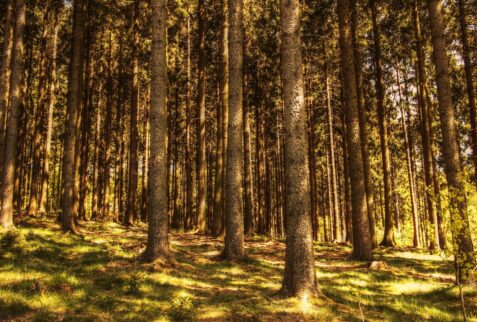
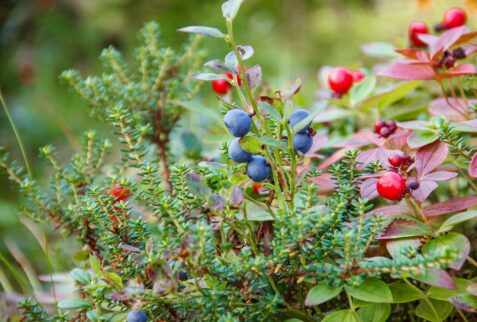
Seasonal pastures still used nowadays are those of the Creisa and Costone Malghe, and where grazing has resulted in soil degradation, the grassland consists of valerian and buckthorn.
THE FAUNA OF THE GIOVETTO
The wildlife in the “Boschi del Giovetto” Nature Reserve is not particularly diverse, but there are still several animals that have chosen this park as their refuge. Among mammals, in addition to the fox, marten and weasel, there are animals related to the forest, such as the marmot and squirrel. At lower elevations, we find the roe deer, while at the edge of the forest lives the hare.
The reserve is also home to many birds: about 40 nesting species have been identified. In spring, the forest echoes with the rustling and chirping of birds, while towards the end of March, the drumming of the woodpecker becomes dominant. Towards the upper edge of the forest, the black grouse with its forked, curved tail, is at home. As for minor fauna, we have the common frog, which finds its ideal habitat in ponds. Among insects, we find more than 30 species of butterflies, and ants, including the Hairy Wood ant, which is the main reason for protection of the Giovetto Reserve.
TIMBER, A VALUABLE RESOURCE
The forests of Giovetto Park, thanks to their timber, have always been a great resource for the people of the Valley. Alongside timber production, the forests on the Scalve side have for centuries provided charcoal, a very important and indispensable fuel for the Scalve Valley’s steel companies. This practice continued until 1953, and involved the use of beech, spruce branches and stumps of different plants. On the Brescia side and in the municipality of Borno, on the other hand, large areas were cut down when the plants were mature, leaving it to nature to rebuild the tree cover.
Today, the use of the Reserve’s forests follows the guidelines of close-to-nature silviculture and the principles of sustainability. The forest management plan still allows timber harvesting, so as to ensure the continuity of the resource, but also a gradual improvement in relation to the protection, wildlife, production, tourism-recreation and landscape purposes. In fact, various indicators tell us that the Park has had an index of constant improvement over the past decades.
Information
Altitudine
Estensione della Riserva protetta
Flora
Fauna
